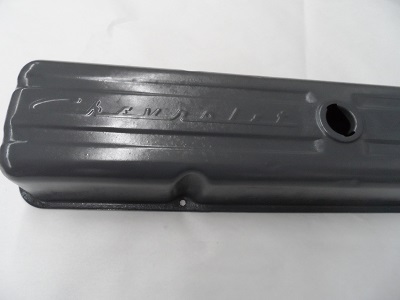If you really like learning about old Chevy truck six cylinder history, this article is for you.
We recently visited Jerry’s Chevy Restorations in Polo, Missouri and noticed an interesting display on a side wall of his shop. Jerry has the complete series of Chevrolet “Stovebolt” six cylinder valve covers used on cars and trucks between 1937 and 1962. This 25 year display is even painted the correct gray color for trucks.
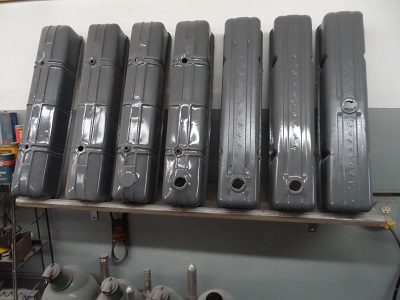
No doubt it took much time cleaning, repairing, and painting to make them ready for their place in his restoration shop. Here is the order they were used in Chevrolet vehicles.
1937-38

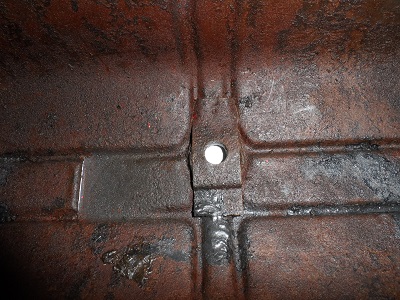
The two mounting stud grommets fit in a pocket below the surface of the cover. The valve cover must be removed to replace them. See the backside where the small metal strip secures the rubber grommet. (Not on 1940 and newer) Three necessary venting slots are on the top to allow the engine to breathe.
1939-48
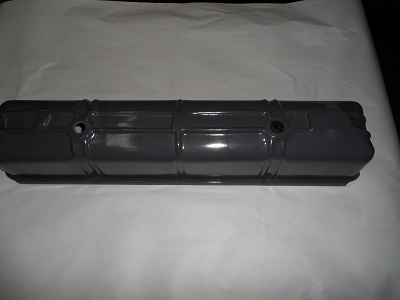
Redesigned with two larger attaching holes in cover so it is not removed to replace the mounting stud grommets.
1949-53
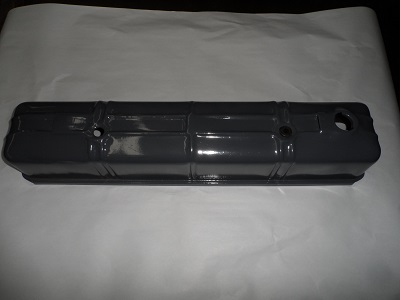
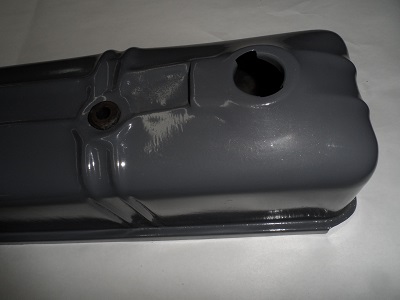
New Idea: For the first time the add-oil hole is on the top of the valve cover. Now the mechanic did not add oil through the side engine draft tube. Good change! Less chance of some oil spilling as the oil container was placed down to the draft tube on the side of engine.
1949-53 - COE Trucks
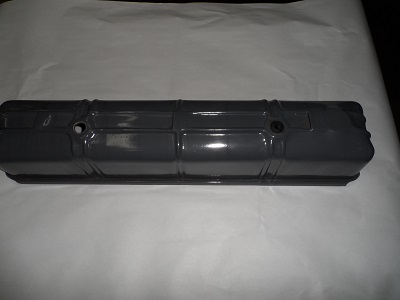
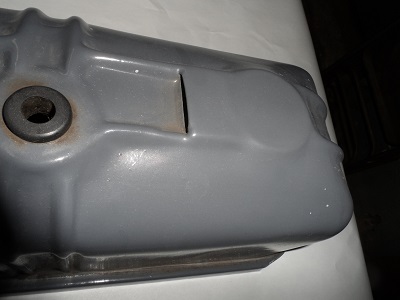
This different valve cover is used on the cab-over-engine “COE” trucks. Because the engine is under the cab, oil cannot be added through the top of the valve cover as with a conventional cab. Therefore, add oil hole is not punched but the spot remains where it is placed in a conventional cab of the same years. GM wanted no part of a gradual oil leak from a capped hole and it being so difficult to reach. The continual oil seeping would not be good for the truck owner or repeat new COE sales.
NOTE: The Chevrolet Master Parts Catalog for April 1, 1950 shows the buyer of a COE valve cover must purchase one for a conventional cab. The manual states it will be necessary to seal the oil filter hole with a thin sheet metal disc to provide clearance. Therefore, the photo in this article is of a pure factory GM valve cover, not a modified unit altered by a dealer.
Of course, the Chevrolet Motor Division knew the chance of a protected valve cover under the COE cab would probably never need replacing. This pure COE valve cover was probably never available!
1954-Early 55
The new high oil pressure 235 engine is introduced in trucks! Oil cap continues to be sealed as 4 small breathing slots are in a different position and are front to back on the top. This gives a place for the Chevrolet script lettering to be stamped on top. Good advertising.
Now, instead of 2 vertical studs with nuts for keeping the cover attached to the engine head, an overdue improvement is introduced. Four short machine screws press directly down on the new perimeter lip surrounding the valve cover. This presses on the valve cover gasket and stops oil leaks that occurred on the earlier design when the two studs were over tightened.

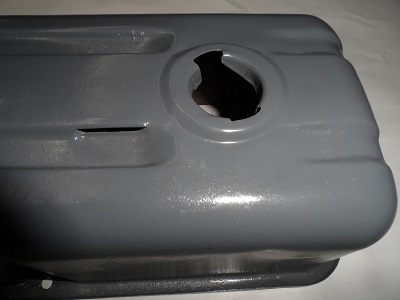
Late 1955-57
More technology! To stop engines from sometimes leaking oil out of the 4 breathing holes on top of the cover they were removed! Breathing now occurred through a redesigned add-oil cap. It was used through the end of the series in 1962.

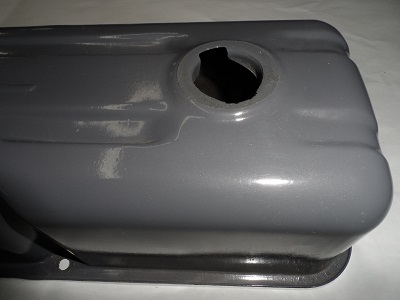
1958-62
The add-oil cap is moved from the front to the middle. Because this 235 engine is tapered in its mounts to the rear and the new 1958 cars have a lower hood, GM moved it. This gave just a little more space and prevented hood contact with the oil cap.
NOTE: Because of the new center location of the add-oil hole, the Chevrolet script must be “half the size” on the valve cover top.

